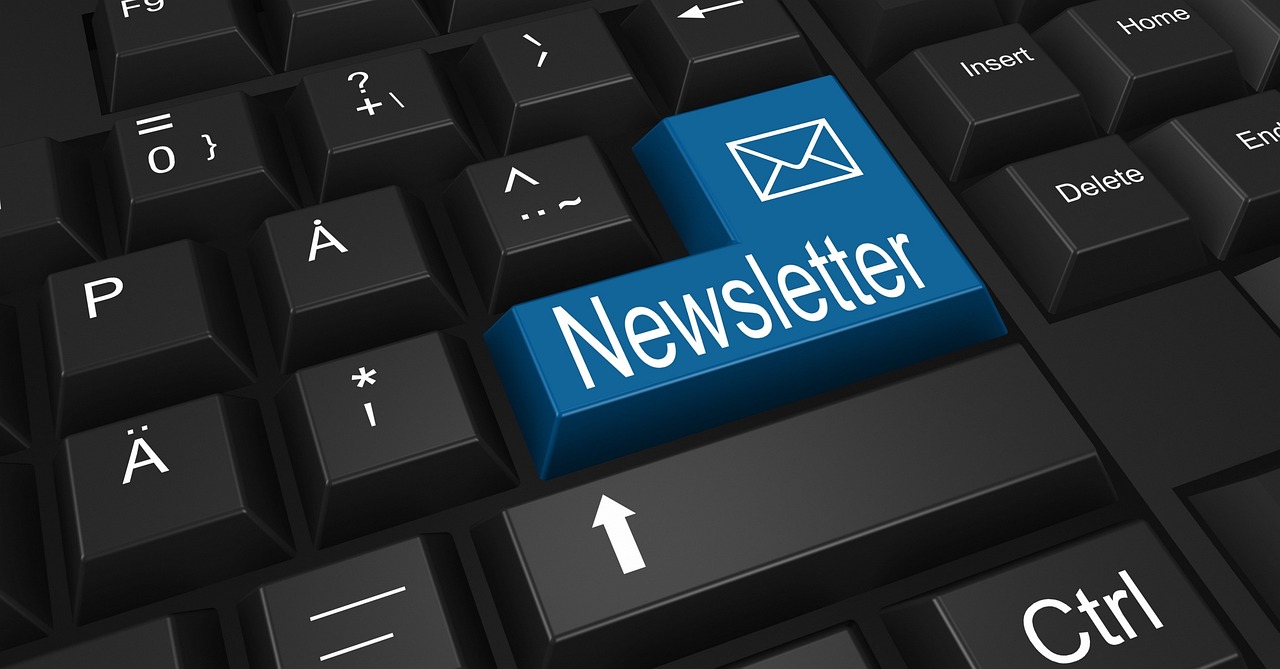An eNewsletter is an electronic version of a printed newsletter and is a type of digital marketing strategy used to reach a wide audience of people. It is an email message sent to customers and potential customers to inform them of new products, services, or important updates related to their interests.
To successfully make use of eNewsletters, it is important to have a strategy in place. The strategy is the foundation of the eNewsletter and should include elements such as the target audience, the email list, the content, the timing, and the design.
Target Audience
The first step in the eNewsletter process is determining the target audience, who is the eNewsletter trying to reach? Knowing who the potential readers are will dictate how the eNewsletter is designed and the type of content used. Trying to reach a younger audience? You may want to use brighter colours and more fun graphics, as well as language that appeals to them. Whereas, catering to an older audience may require more professional language and design.
Email List
An important component of using eNewsletters is having an email list or contact list of potential subscribers. The list should include an individual's first and last name, their email address and any other relevant information. This allows for a tailored version of the eNewsletter to each individual, as well as track analytics such as who is opening the emails, who is unsubscribing, and more.
Become a Sales & Marketing Rainmaker
Learn valuable skills to win more customers, grow your business, and increase your profits.

Content
The content is the main component of the eNewsletter and should be both informative and entertaining. Before creating the eNewsletter, it is important to develop a content strategy outlining what content should be included. Content can include industry news, tips and tricks, upcoming events or sales, customer stories and more. It is good to have a mix of content to keep your readers engaged.
Timing
Timing is important in an eNewsletter strategy. It is good practice to send eNewsletters on a regular, predictable schedule. This helps readers build a sense of expectation, as well as avoids overwhelming subscribers with emails. It is also important to figure out the best time to send out the emails as different times of the day, or days of the week, may be better for different audiences.
Design
An eNewsletter should be designed in a way that catches the eye of readers and draws them in. This is a chance to showcase your brand and should include a logo and colors that correspond with your brand. The design should be clear and formatted in a way that is visually appealing and makes it easy to read and find the desired content. Including graphics and videos can also help with reader engagement.
